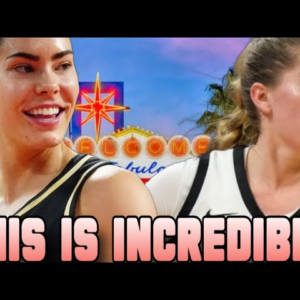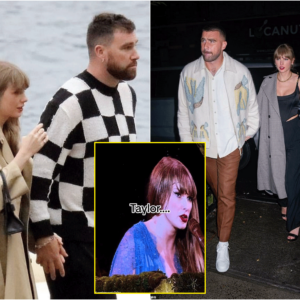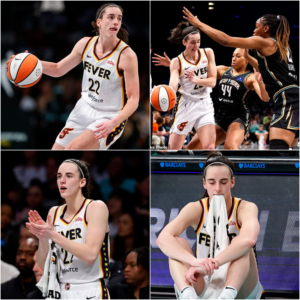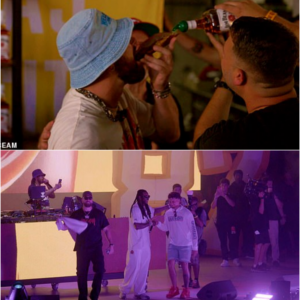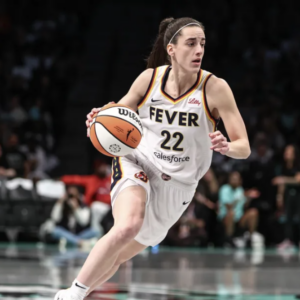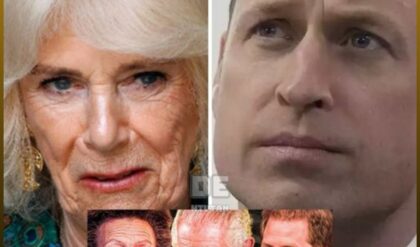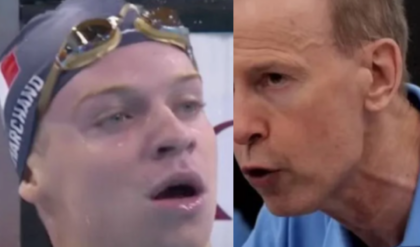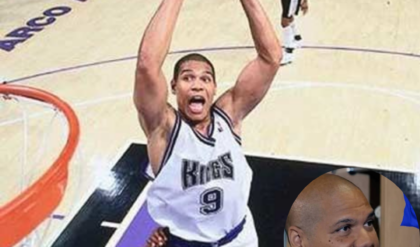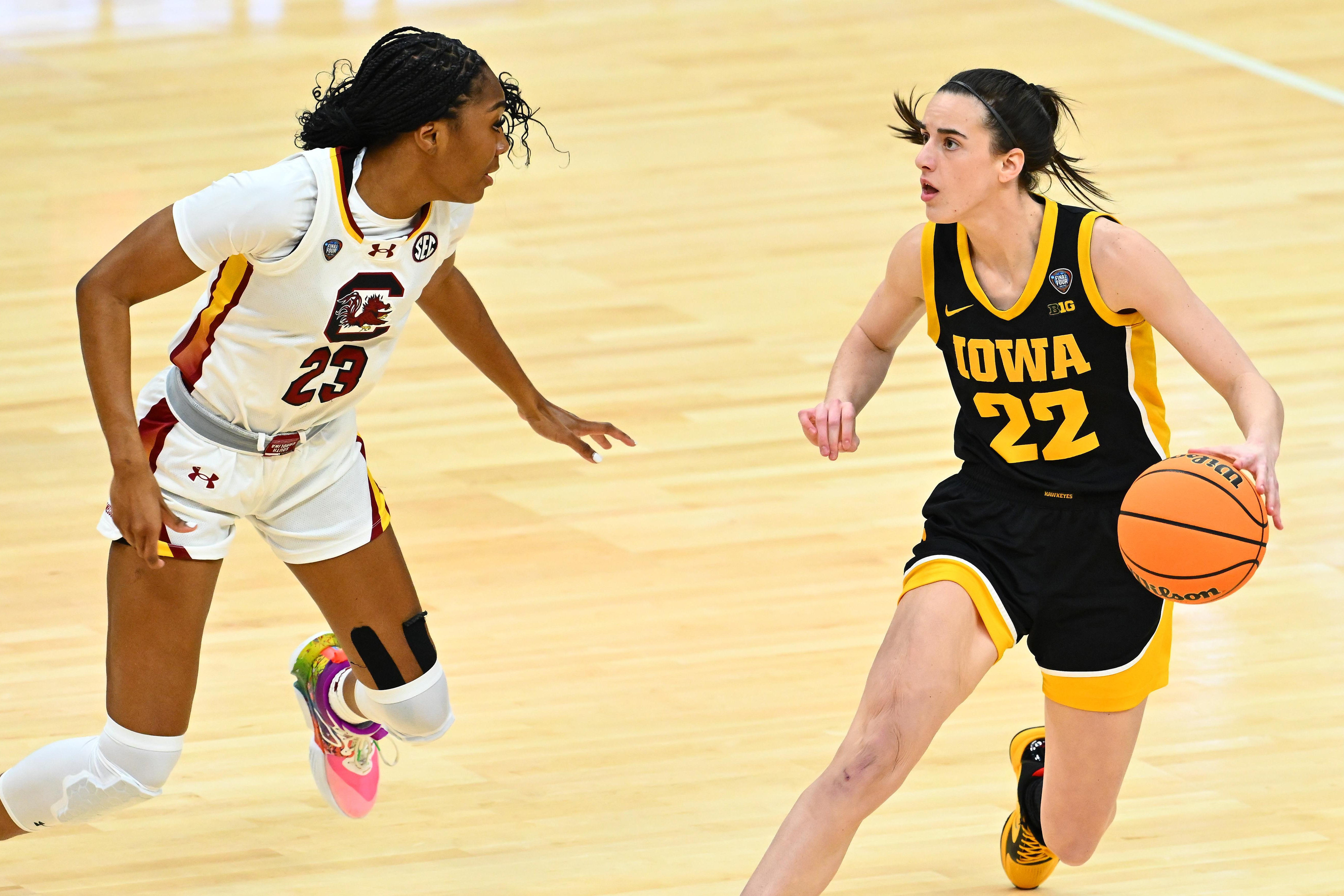
Caitlin Clark plays in the women’s NCAA national championship game in early April. Jason Miller/Getty Images
After all the hubbub of last week’s WNBA draft subsided, that’s when the online outrage started. Plenty of people were noting what the WNBA’s bright new stars were about to get paid. Take Caitlin Clark, the darling of March Madness. Her starting salary is about $76,000. “Teacher salary for a superstar is wild,” wrote one commenter. “She would be better off working a 9 to 5,” wrote another. Even President Joe Biden weighed in, taking to twitter to opine that “even if you’re the best, women are not paid their fair share.” All of this professed shock, it almost made sportswriter Lindsay Gibbs laugh.
“A lot of these [viewers] are coming to the WNBA for the first time. So it’s the first time they’re realizing how few roster spots there are, how the salary structure works,” she said. “It became a way to make a mockery out of this league that these players have been putting their blood, sweat, and tears into for 25 years. Even though these players are getting paid too little, this was still a dream come true moment for all of them. But even though I don’t like where the conversation is going, ultimately, it’s a good thing that more people are becoming aware of this and that more people are outraged by it and that there’s going to be more pressure on the league, on the owners, and on the partners of the WNBA to fix this, to get the salaries up.”
On Monday’s episode of What Next, we spoke about what’s been missing from the debate about salaries in the WNBA. And why it will take more than one superstar to fix the league. Our conversation has been condensed and edited for clarity.
Mary Harris: Let’s lay out the dollars and cents of the WNBA draft. We can talk about Caitlin Clark just because she was the No. 1 pick. Her four-year contract is going to be worth $338,000. But you compare that to the guy who was the No. 1 draft pick for the NBA in 2023. His four-year contract is worth $55 million. It’s a breathtaking disparity. Is it fair of me to make that comparison though?
It’s a good starting point for the discussion, but there’s a lot more nuance to it than that. Of course, the NBA has been around for 50 years longer. The NBA has turned itself into a money-printing machine. But, it’s good because when you look at the ratings and team valuations, you see there’s not necessarily 150 times more interest in the NBA than the WNBA, right? Maybe it’s 10 or 12 times more. But the difference in salaries is so exaggerated that it points out that this isn’t just one form of sexism that’s playing into this. It’s compounded discrimination that’s happened over decades.
I don’t think there’s any way to talk about the salary discrepancies without talking about the WNBA’s contract because, like the NBA, the women have a union. It puts certain restrictions in place when it comes to pay. Can you explain that a little bit?
Through the collective bargaining agreement, they set a salary cap, and they set minimum payments for rookies, for veterans. They set maximum payments for the top players. The players fought really hard for this contract in 2020. They spent a year and a half negotiating and were able to increase the salary cap by about 30 to 40 percent, and top salaries for the players almost doubled. Before, the max contract a WNBA player could get was around $100,000, and now it’s around $215,000.
They get apartments too, right?
Yeah, they get housing. Paid maternity leave. Rookies in 2019 were only making $44,000, and now they’re making at least $64,000.
But the growth of the WNBA has outpaced the contract, which is ultimately a good thing for the negotiations for the next contract at the end of this year. We could be talking about doubling or even tripling the salary caps at that point. There is a real acknowledgment that women’s sports are financially worth something at this point. And this was not the case just five years ago.
But I want to go even further back. I remember when the WNBA started, and there was so much excitement about it. And then it seemed like the excitement fizzled. But I’m not sure why.
It’s tough because there’s both excuses and explanations, and sometimes those are one in the same. There was all this success in the first couple of years. There was a huge investment from the NBA, from partners. These players were getting exposure. They were on television, they were in commercials, they were on Martin. They were everywhere. They had cultural cachet. But NBA owners—at that time only NBA owners could own WNBA teams—weren’t making all their money back fast enough.
And after a few years when they weren’t back in the green on their balance sheets, you got a lot of cold feet. And because we’d never seen sustainability in women’s professional sports before, it was blamed on the women. In the early 2000s, a bunch of rich people lost a lot of money, very quickly, and the NBA wasn’t even in the greatest financial situation. So you had a lot of teams fold, which creates a narrative. And it creates also a lot of trauma within the WNBA that gets blamed on the players and on the product when really these are just business calculations.
The players themselves seem to have been really hurt by all of this. Retired WNBA star Sue Bird went on Fresh Air recently, and she talked about this disconnect between women as sports stars and why they don’t get their fair share. She said society loves to give girls and young women opportunity and promote that and support it. But when they become women, it feels a little less supported. And she went on to say, this league, we’re Black, we’re women, we’re gay. And those are groups that are held back in our society. She didn’t think it was a coincidence that the WNBA had these troubles when the league is made up of marginalized groups. I’m curious what you think about that perspective.
Sue Bird knows what she’s talking about. If you look at society as a whole, there are no models of promoting and marketing powerful, athletic, Black queer women. Those are not things that anyone is used to doing, and marketing is based on trends. Marketing and advertising dollars are based on what people are comfortable with and what people know. So, absolutely, racism and sexism and homophobia have created this barrier that has held the league back.
And sports are power, right? You’re ultimately giving these people cachet and cultural power, and there’s a real discomfort to giving that power to women and especially to Black and to queer women. What that resulted in is trying to keep players in a box, trying to market them as more feminine than they really were, not reaching out to LGBTQ+ fans because the league was uncomfortable being so popular with that demographic. They weren’t serving their base. And it really backfired because when you lose your base, there’s nothing to build on top of.
There was so much hemming and hawing about Caitlin Clark’s contract and how it differed from the No. 1 NBA draft pick, and then a little bit later in the week, it comes out that she has Nike endorsement, and that’s going to involve a shoe, which is huge for a basketball player. Lots of money, huge honor. There’s something comforting to that: Oh, we solved it. She’s got a shoe, so she’s getting the money now. Great job. Of course, it doesn’t do anything for the rest of the league, but OK. And then in the wake of this news, it was pointed out that the other WNBA players with shoes, they’re all white ladies. So you can still see some problems here.
It’s all right there, but a couple of things. First of all, when we say all white ladies, it is important to point out that it’s just three. That’s a ridiculously small number. And it does feel like we’re fighting over crumbs, instead of just being given another cookie.
The most egregious thing is A’ja Wilson is a two-time MVP. She’s had this longtime deal with Nike. If you can’t market A’ja Wilson, that’s a you problem. She is beautiful. She’s charismatic. She is hysterical. She has so much personality. She’s very stylish. She’s was a champion in college, and she is very popular, and she is very successful on and off the court.
It does seem so egregious that a player who’s never dribbled a ball in the WNBA is going to have a shoe, and the two-time MVP, the best player in the league, doesn’t. It’s hard not to see Nike discrediting Black women by doing that.
A lot of people have actually compared this moment to an NBA moment in the ’80s with Magic Johnson, Larry Bird—the NBA was not in a great place, but having these players elevated the whole sport and set it up to become what it is now. Do you think a player like Caitlin Clark—do you think that’s her future? Do you think that that’s what’s about to happen here?
I do. I’m not predicting that she’ll go on to have Michael Jordan or Larry Bird’s career necessarily. We don’t know. It’s too early to know. But she has captured the imagination of the casual fan. It’s because of her playing style. It’s because of her personality. It’s because she’s from the Midwest. She’s white. It’s because of her talent, breaking all these records, and her charisma, and also because she came up at the perfect time where women’s college basketball was already starting to get on TV more so she was getting more exposure. All of these things coalesced, and the way she’s driving ratings and driving interest is going to lift up the whole league. Because it’s not just her.
It’s a team sport.
Basketball is the ultimate team sport. And I feel so confident in the quality of the WNBA product right now in where so many of these teams are and in these players. The power and cachet that she has amassed is just is going to dissipate to everyone.
News
WATCH! Kelsey Plum Made Her Opinion of Kate Martin Extremely Clear After Watching Martin’s Performance! |T
Kelsey Plum Made Her Opinion of Kate Martin Extremely Clear On Saturday afternoon, WNBA rookie Kate Martin made her regular-season debut — recording her first on-court minutes as a member of the Las Vegas Aces. Through 26 minutes, Martin…
HOT: Discovering that Taylor Swift appeared to have a HICKEY mark on her neck during a concert in Stockholm after enjoying a romantic vacation with boyfriend Travis Kelce, fans nationwide immediately understood the problem. |T
Taylor Swift appeared to have a massive hickey on her neck while performing in Sweden on Saturday. When the superstar, 34, took the stage at her Eras Tour concert and swept her hair behind her ear, fans pointed out that there was an…
Caitlin Clark is adjusting to life as a professional women’s basketball player, finishes first week on a high note |T
Caitlin Clark adjusting to playing in the WNBA, finishes first week on a high note NEW YORK (AP) – Caitlin Clark is adjusting to life as a professional women’s basketball player. Her first week in the league had moments…
Travis Kelce was spotted taking a whiskey shot from a slice of bread in true southern fashion as he was joined on stage with Patrick Mahomes while letting loose at Kelce Jam – his musical festival – after leaving girlfriend Taylor Swift behind in Europe. |T
Travis Kelce downs a whiskey shot from a slice of BREAD and sings on stage with Patrick Mahomes as he lets loose at his music festival after leaving girlfriend Taylor Swift in Europe Travis Kelce was spotted taking a whiskey…
Surprise! Taylor Swift sends O2 Arena into a frenzy as she joins Haim sisters on stage for performance #2022 |T
Surprise! Taylor Swift sends O2 Arena into a frenzy as she joins Haim sisters on stage for performance Source: By Emily Bashforth Jul 22, 2022 Taylor Swift surprised London’s O2 Arena by performing with Haim and it’s safe to say, the Swifties are…
WNBA Fans React to Caitlin Clark Getting Leveled by Punishing Screen |T
WNBA Fans React to Caitlin Clark Getting Leveled by Punishing Screen Welcome to the WNBA, rookie. May 18, 2024; Brooklyn, New York, USA; Indiana Fever guard Caitlin Clark (22) drives to the basket / Wendell Cruz-USA TODAY Sports In this…
End of content
No more pages to load
